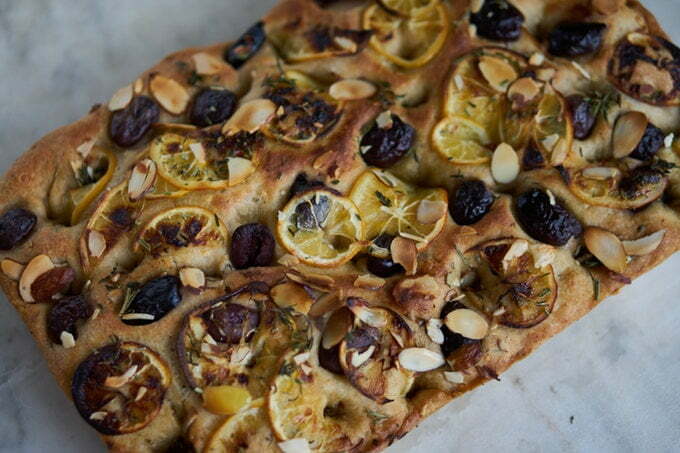Some of the earliest strategies used for baking meals consist of masonry ovens, smoke pots, and terracotta baking molds. These have been especially used for baking bread and flat cakes that required a constant supply of warmth that might unfold uniformly everywhere in the food, slowly cooking it from the outdoor to the inside.
The discovery of some of those molds and techniques pass back to the early second Millennium BC within the Middle East. Many historical civilizations and empires used baking significantly to prepare dinner foods.
The earliest proof and recordings of baking communicate approximately how human beings made a broth-like paste of overwhelmed wild grains and cooked them on flat, warm rocks within the wilderness or wasteland where the warmth of the sun “baked” the paste into a bread-like crusty food. The absence of suitable rocks or sunlight supposed that they needed to pre-cook dinner and save the bread each time they had to get entry to each factor. Later, when hearth changed into located, this paste becomes cooked on fire embers; this supplied the benefit of baking bread on every occasion it became wanted. Slowly the habit of consuming these baked bread in a mixture with meats and greens gained ground.

Baking, as a cooking approach, flourished in historical Rome. Around three hundred BC, the first references to pastry chefs called ‘pastillarium’ gained an appreciation and have become a career because Romans as a race enjoyed celebrations and festivity and took outstanding hobbies in gastronomically prepared delights. There have been competitions for chefs who invented and organized new baked treats, and Roman banquets had not been complete without the presence of pastries, which had been cooked in massive numbers for their lavish banquets. In 168 BC, Rome had a Bakers’ Guild, and the bread turned into baked in the oven with chimneys; flour mills were mounted to grind grains and pulses into flour.
It is predicted that using round 1 A.D. There were no less than 300 professional chefs in Rome; the historian Cato writes about the numerous types of ingredients organized by using these cooks who quickly rose to high social rankings due to their talent. Many kinds of bread like Globus Apherica, Libum, Placenta, Savaillum, Scibilata, and Spira have been precursors to trendy-day cakes and fritters, pretzels, and tortes.
In historical Egypt, the Egyptians started to bake bread the usage of yeast as an element, which hitherto changed into utilized in brewing beer. The Greeks first began to apply enclosed heat chambers in six hundred BC to bake bread; enclosed ovens likely originated here. Ancient archaeological websites in Palestine and Turkey have unearthed ovens and baking worktables relationship to 5600 BCE.
The artwork of baking as propagated via the Romans became famend at some point in Europe and unfolded to different components like South Asia. The nineteenth-century noticed amazing strides within the art of baking and the use of leavening retailers to provide gentle bread. Bread, cakes, pastries, and pancakes became famous foods in France and Germany, with many roadside stores and open-air cafes becoming particularly recognized for baked goods.
Commercial baking
In the Industrial Age, baking evolved into an industry with automatic equipment usage, which enabled mass production and wider distribution. However, what commenced as an art mainly to preserve the freshness and flavor of the food has gone through many changes to keep up with modern times and customers’ demands. Makers of potato chips and snacks use baking to lessen the fat or caloric dependence on the meals, which could usually have been accomplished through the approach of deep-frying.
Commercialization has opened the doors to baking as a process finished in large furnaces and ovens and furthered the commercial enterprise of cake stores and bread houses. Many human beings experience that the aroma and sense of freshly baked meals can’t be compensated by way of business producers who increasingly use components to beautify flavors. Thus, the attraction and taste that rely substantially on the freshness of the product are compromised. To counter this, manufacturers use inventive labels to marketplace products as ‘home-baked’ to bring freshness to a product that a consumer wishes to buy.








